Image from Professor Adrian Johnstone’s talk on Charles Babbage and the Abstraction of Mechanism
Welcome to the Newcomen Newsletter – Edition 6
Newcomen Online
We have a regular online programme of “Shed Lectures” to make sure you have access to Newcomen Society meetings while uncertainty continues about face-to-face gatherings. A new issue of the Journal has gone out to all members with articles on post-war rockets, women engineers, John Baildon who transferred ironmaking techniques to Upper Silesia and banning orders for agricultural engines on rural roads. There’s also an excellent set of book reviews.
Please continue forwarding these e-mails to friends. We continue to welcome new members in the USA and UK.
Jonathan Aylen, President (2019-21), Newcomen Society
News
The Latest Newcomen Society Journal
Now posted to members direct – Volume 90 of The International Journal for the History of Engineering & Technology features articles on women engineers, the life and work of John Baildon, banning orders on agricultural locomotives, plus the transfer and post-war rockets. There’s also an excellent set of book reviews.
Features
Coals to Whitstable
Jonathan Aylen asks how old technologies disappear. We can all name technologies that have gone – the fax machine, Sony Walkman, steam locos & coal fires. Jonathan looks at the long decline of wooden sailing ships in the 1st half of the 20th Century through the lens of the Whitstable coal trade – one of the last bastions of commercial sail in the UK.
Margaret Calvert: Women At Work
Margaret Calvert’s work is all around you. She designed the familiar road signs and railway lettering that we take for granted when finding our way around the transport system. Deborah Jaffé reviews an exhibition at London’s Design Museum which explores both her legacy and her current work for Network Rail.
Shed Lectures Replayed
Online lectures have replaced regular Newcomen Society meetings during the current COVID crisis. The first four “Newcomen Shed Lectures” on Wealden Iron, Computer control of freight trains, Charles Babbage and on the Flying Scotsman are all available to watch again on the Newcomen Society’s YouTube Channel.

Time For The Web
The last train to Consett, County Durham set against the backdrop of an earlier Royal visit to the Steelworks. An emotional comment on the impact of progress beautifully done. Consett steelworks had adopted the new technology of oxygen steelmaking, but it was seen as too small and remote to compete with the larger integrated works, while their market for shipbuilding plate was in decline. Closure of the works led to closure of rail services. This video, First Class Charlie is a poignant evocation in song by Graeme Richardson.
The British Association for Local History issue a regular newsletter likely to be of interest to Newcomen Members. It offers training courses at reduced rates. Have a look at Hayle: home to the biggest engines in the world.
A superbly catalogued collection of American railroad photos from the early 1960’s. Scroll down for the explanation of each photo. Maps of the locations are included. Absurdly absorbing and a remarkable piece of archiving. The collection includes 1,655 photographs of the railroad facilities and equipment of some 48 carriers across the USA taken by more than 30 railroad employees, the majority of whom were employed as firemen and engineers.
A well researched, not-for-profit website which does what is says on the packet – it publishes rare historical photos of weapons systems and technology in general and puts them in context. The Weapons and Technology section also covers early electric cars, the Eiffel Tower under construction and early mobile phones.
Oral interviews with pioneers of computing in the UK
A series of short films from Historic England covering Dewentcote Steel Furnace, Stott Park Bobbin Mill and the Ironbridge.
South Yorkshire village of Elsecar boosted by a string of historic listings. The village is not only famous for its Newcomen Engine in situ but the local ironworks rolled the plate for HMS Warrior.
Would anyone like to rise to the challenge posed to the Society in this string of posts about Albert Bridge on Chelsea Embankment?
Dave Brady asks on twitter: “A pivot hinge at railing level; evidently it doesn’t move much, as the thick layers of paint aren’t notably cracked Would these have been riveted in place, then the threaded part offered up to the screw thread of the collars? Wonder if anyone at the Newcomen Society has written about it?”
The National Railway Museum’s “Brass, Steel and Fire” exhibition includes the world’s oldest working model steam engine, made in 1836 by Thomas Greener, aged just 16 years old. Thomas became an engineer after working as an apprentice at Shildon Works under Timothy Hackworth. The exhibition, curated by Anthony Coulls, has moved to the Science Museum, London from York – until 3rd May 2021.
Balloch Patent Slipway, used for maintenance and repair of Loch Lomond paddle steamers.
Eastriggs near Annan – making cordite in World War 1
Dunecht, 11 miles west of Aberdeen.

Books
This month’s literary spotlight shines on John Boyes’ book Blue Streak. Know of a book that may be of interest to members? Please send ideas to: editor.links@newcomen.com
John Boyes on Blue Streak
Blue Streak was an intermediate range ballistic missile developed in the UK from the early 1950’s. The rocket was meant to replace the increasingly vulnerable V-bomber force as Britain’s independent deterrent. The missile reached an advanced stage of testing before it was cancelled in April 1960. RAF Spadeadam was used for engine testing of the missile on concrete test beds which survive in an excellent state of preservation.
This book on Blue Streak covers its technical development, the choice of nuclear warhead and the test regime. It’s particularly strong on the political debates surrounding the British deterrent in the period.
A special feature of the book is an extensive coverage of the underground missile silos proposed for the operational deployment of the Blue Streak missile. It was argued that blast proof silos were needed because otherwise the Soviets would not believe the threat of retaliation was credible. John Boyes outlines the design evolution, likely location and prototyping of these silos. The rockets were to be stored underground in the silos, already fuelled with 27 tons of kerosene. Sixty sites were required. Each silo would have used concrete equivalent to 10 to 20 miles of two lane motorway at a time of concrete shortage. The dilemma was clear: either Blue Streak or 1,000 miles of new motorway. An enjoyable, straightforward and informative account of the issues.
Blue Streak: Britain’s Medium Range Ballistic Missile by John Boyes, Fonthill; 2019. Price £25
Warm thanks to Deborah Jaffé , Jonathan Aylen, Dan Hayton and Chris Hodrien.
WE NEED YOUR STORIES AND WEB FAVOURITES!
We’re looking for material for future newsletters during the lockdown. Do you have any interesting stories or some great websites that you’d like to show other members? Please send to editor.links@newcomen.com
Newcomen Links
Edition 255 (2020 Q3) is the current issue out in hard copy and available for members to download from the website. Please send contributions for the upcoming issue to: editor.links@newcomen.com
The Journal and Archive
As usual, we welcome articles and papers for future editions of The Journal. Please don’t forget our own archive of past papers going back to 1920 which members can access here. Please send submissions to: editor.journal@newcomen.com
Are you a member of the Newcomen Society?
Having just celebrated its Centenary Year, the society has published over a 1000 papers in The Journal – an invaluable archive of original research material published twice a year, covering all aspects of engineering from ancient times to the present, plus available to browse and download in our FREE TO MEMBERS Archive.
Full Membership includes:
- Journal for the History of Engineering & Technology (two issues, one volume per year)
- Printed and/or PDF versions of LINKS, Newcomens’ newsletter (published 4 times a year)
- Free access and download facilities to the Society’s Archive of past papers back to 1920 (The Journal)
- Membership of local branches and subject groups
- Access to the website’s Member Area offering access to research sources & access to other members (subject to privacy permissions)
- Attendance at summer meetings, conferences, lectures and study days.

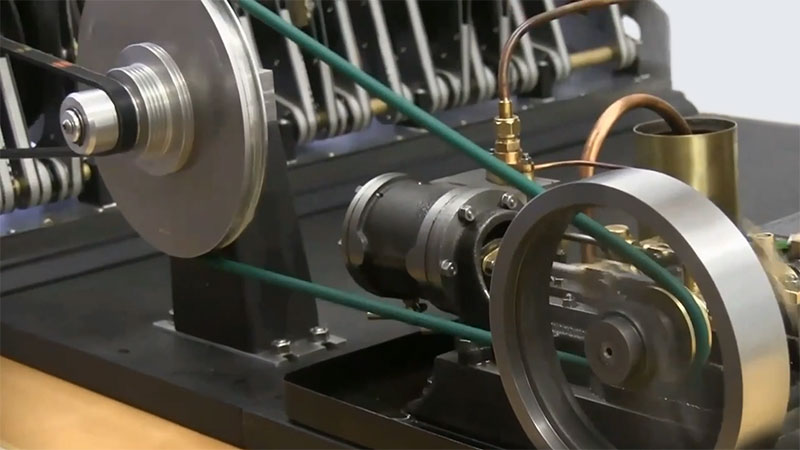

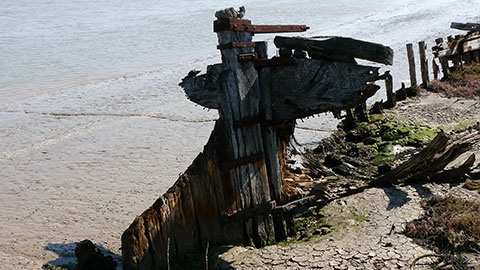
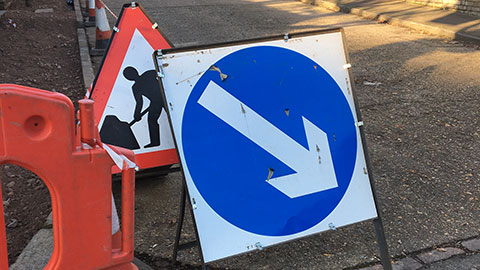
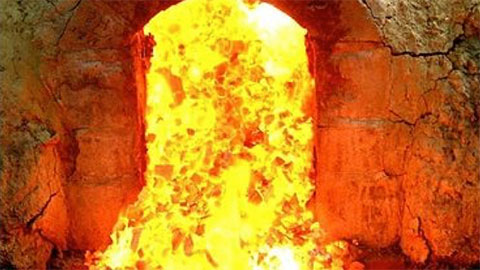
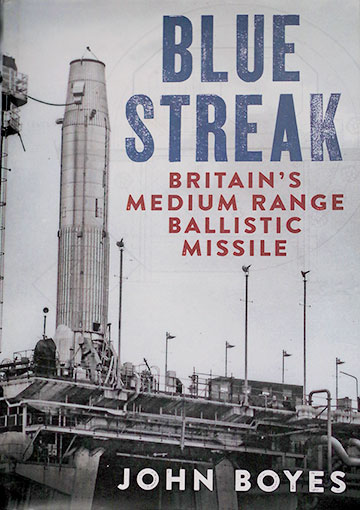
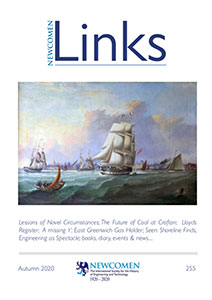
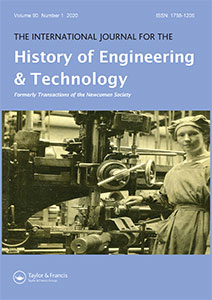
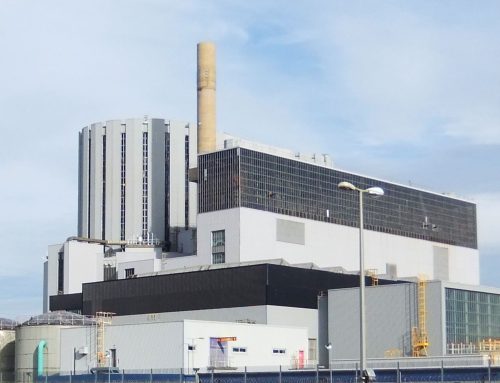
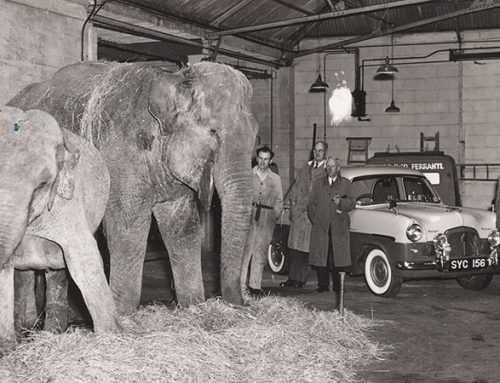
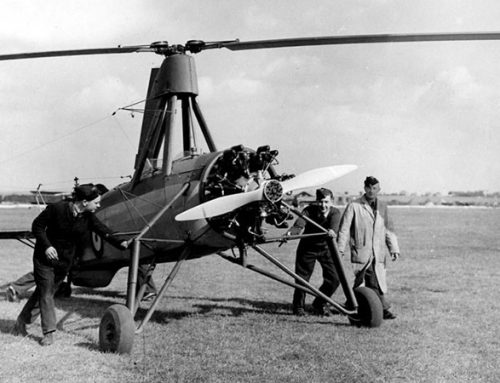
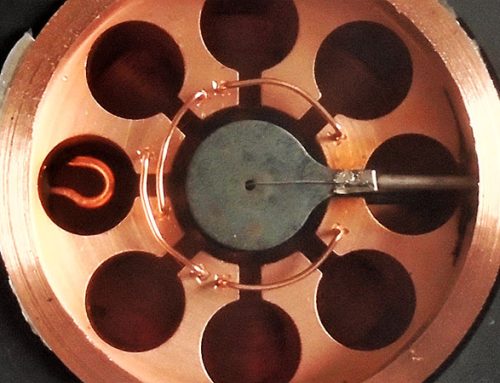
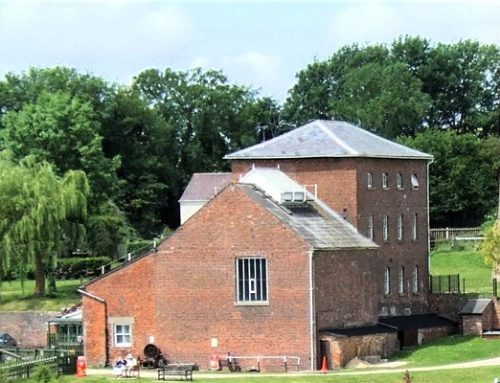
Leave A Comment